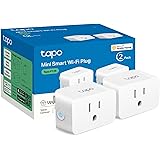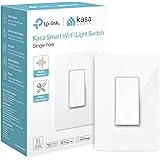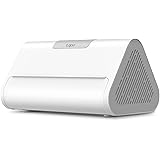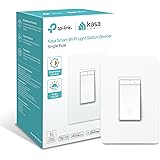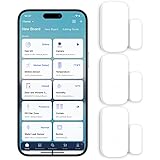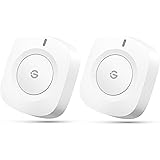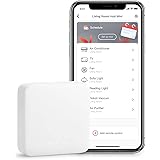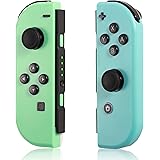Home automation has long been seen as an expensive luxury for only the wealthy, but recent advances in technology have lowered the barrier to entry and made it more affordable. This trend is expected to continue, with millennials taking the lead in adoption as they gain purchasing power. These technologies offer a variety of benefits to homeowners, such as convenience, energy efficiency, and security.
One of the most important developments in home automation is the growth of integrations with the Internet of Things (IoT). Devices can connect to the IoT and communicate with each other, allowing users to control them with a smartphone app or voice command. This allows consumers to regulate their appliances in the home and monitor them from remote locations.
IoT is also introducing a new wave of touchless tech into the home, including smart light switches and doorbells. This trend was accelerated by the COVID-19 pandemic, which led to an increased interest in touchless products designed for use in public spaces and homes, such as hand-washing stations and public restrooms. Consumers are looking to bring these innovations into their own homes, with a push toward more touch-free technology from appliances to lighting.
Another big development in home automation is the use of artificial intelligence (AI) to improve functionality. Virtual assistants like Alexa and Google Assistant can now be used to answer questions, provide the weather forecast, and more. This AI is becoming increasingly integrated into the home, with devices learning to anticipate a homeowner’s needs and preferences. For example, a smart thermostat equipped with AI can learn a person’s schedule and adjust the temperature accordingly without disrupting their comfort.
Many of the latest trends in home automation revolve around reducing energy consumption, improving kitchen tasks, and managing environmental controls. Some, however, seem to be more for show than function. For instance, a microwave that allows you to scan the label of your food to program it for the correct time seems like a luxury few people will want. Likewise, Moen’s U shower system that can remote start and program your shower for the perfect temperature each morning is an option that seems unnecessary.
Regardless of the trend, the overall goal of home automation remains the same: to save time and money by making household tasks easier. These technologies can make life at home more comfortable and efficient, and they will only continue to grow in popularity as more people seek the convenience and peace of mind these devices can provide. As manufacturers respond to homeowner demand for easy-to-use, intuitive systems and products, they will be motivated to continue to develop home automation solutions that are both functional and user-friendly.
